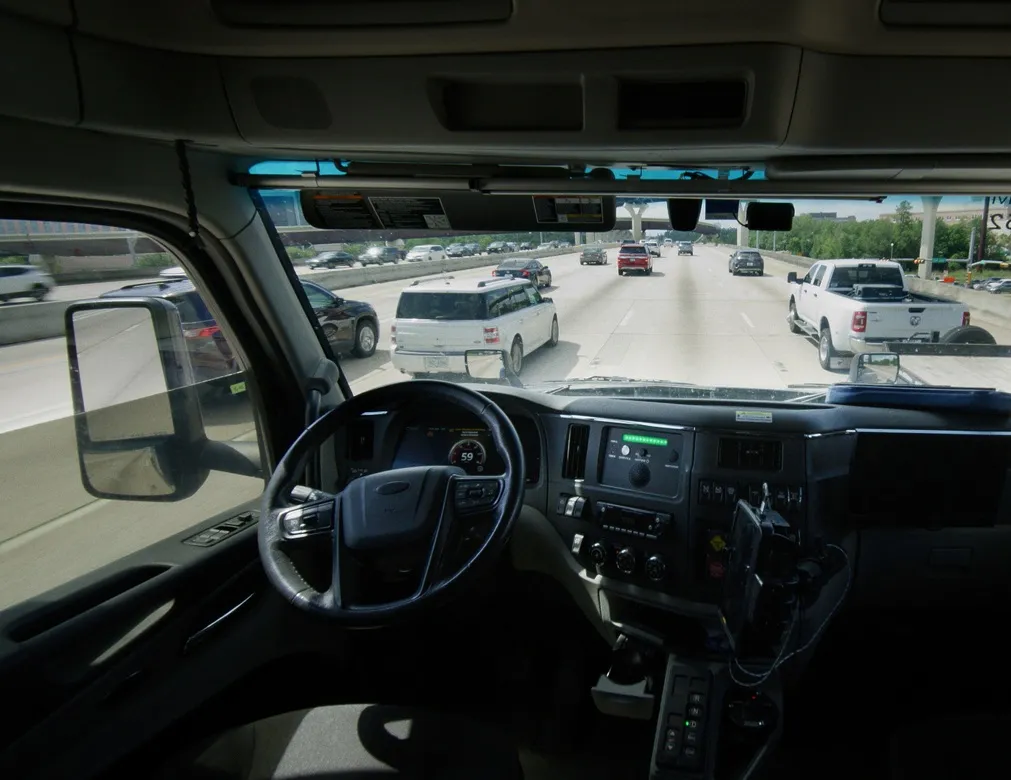UK-headquartered mobile surveillance solutions manufacturer WCCTV has announced that its Tower product has been granted Type Approval status for use on UK railway infrastructure by Network Rail. The Tower, the only equipment of its kind to win type approval, is a complete all in one surveillance system which has been designed to operate at trackside. It is non-conductive and can be quickly and easily installed. The system can be self-powering for up to eiht weeks and provides live video from a heavy duty ca
April 19, 2012
Read time: 2 mins
UK-headquartered mobile surveillance solutions manufacturer 5020 WCCTV has announced that its Tower product has been granted Type Approval status for use on UK railway infrastructure by Network Rail.
The Tower, the only equipment of its kind to win type approval, is a complete all in one surveillance system which has been designed to operate at trackside. It is non-conductive and can be quickly and easily installed. The system can be self-powering for up to eiht weeks and provides live video from a heavy duty camera back to a control room on an alarm basis. In the event of an intruder being found, it is also equipped with audio to enable a challenge to occur. The system also contains an evidential quality recording system. All video images can be transmitted either over the mobile or satellite phone networks.
Following a series of successful trials at both trackside and level crossings Mark Bennett, operations manager at5021 Network Rail said, “This product is an ideal solution to help assist the railway industry with problems at trackside, level crossings and in depots. It can be used to prevent metal theft, trespass, level crossing misuse and for obstacle detection.”
The Tower, the only equipment of its kind to win type approval, is a complete all in one surveillance system which has been designed to operate at trackside. It is non-conductive and can be quickly and easily installed. The system can be self-powering for up to eiht weeks and provides live video from a heavy duty camera back to a control room on an alarm basis. In the event of an intruder being found, it is also equipped with audio to enable a challenge to occur. The system also contains an evidential quality recording system. All video images can be transmitted either over the mobile or satellite phone networks.
Following a series of successful trials at both trackside and level crossings Mark Bennett, operations manager at










